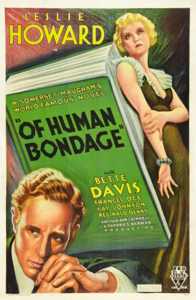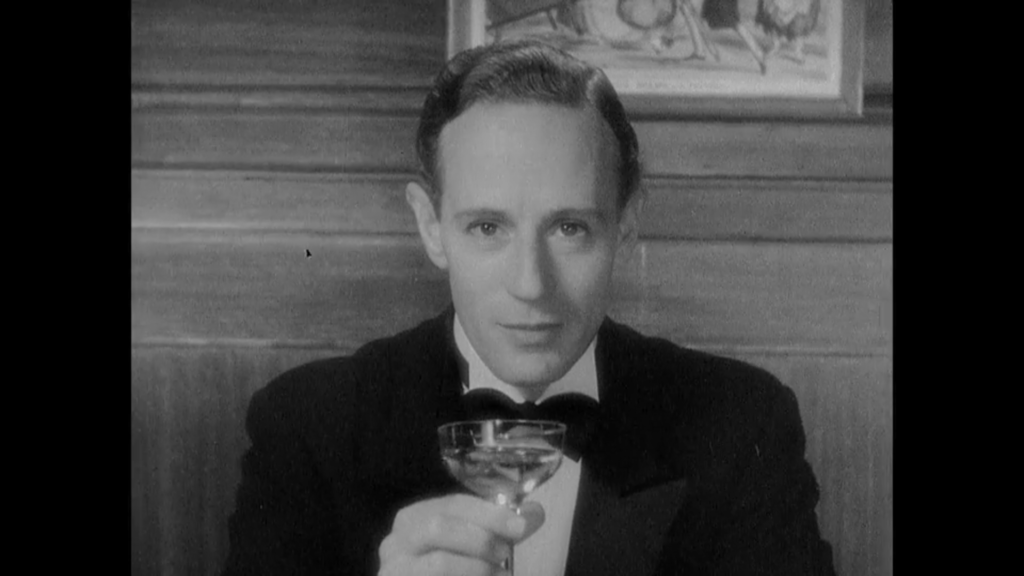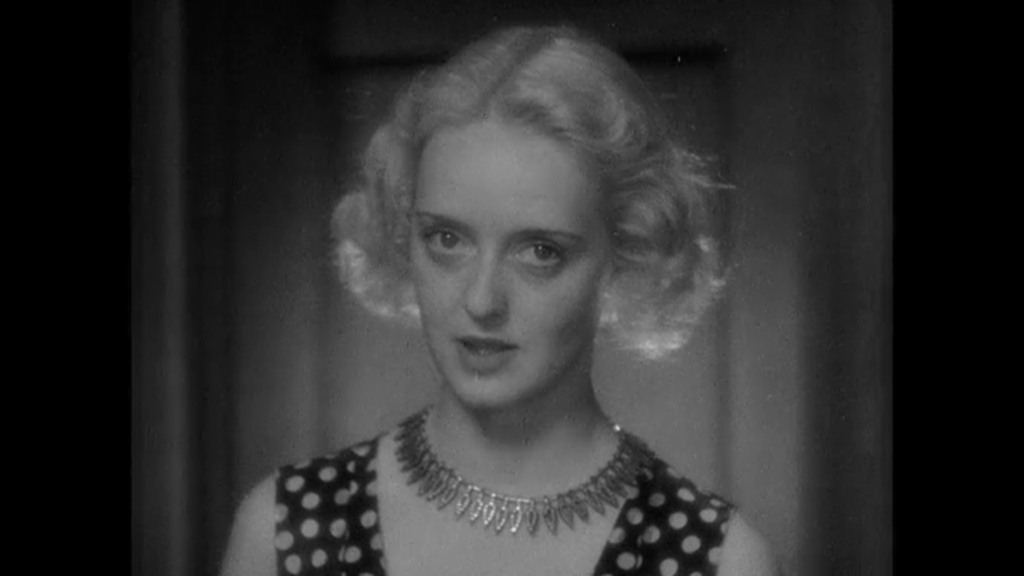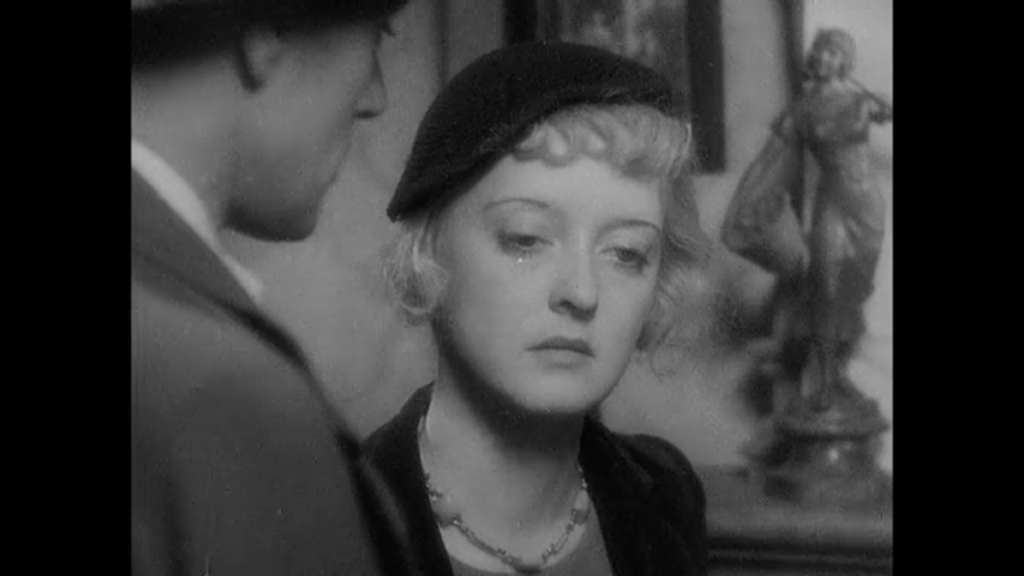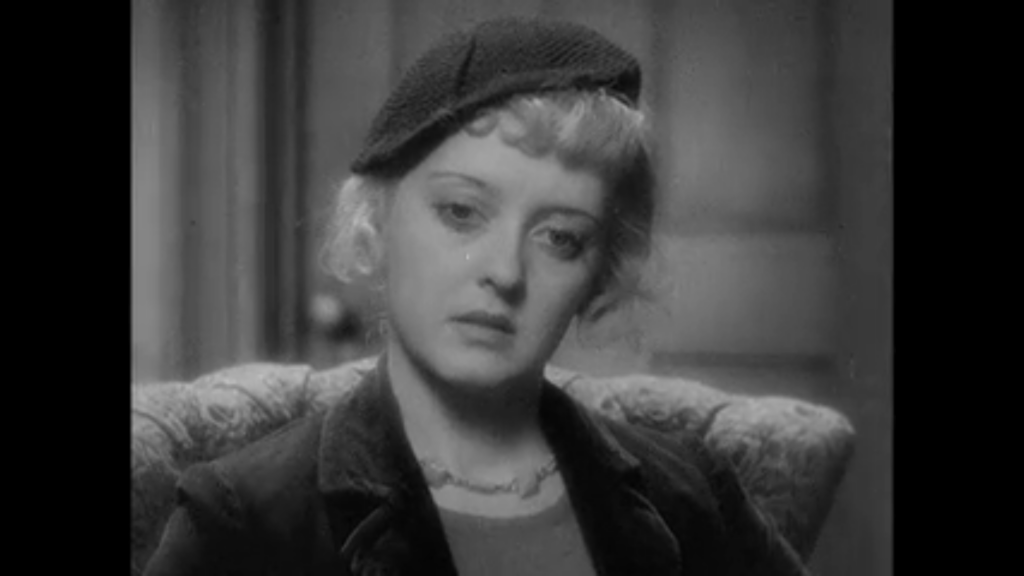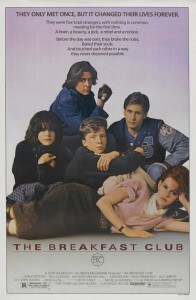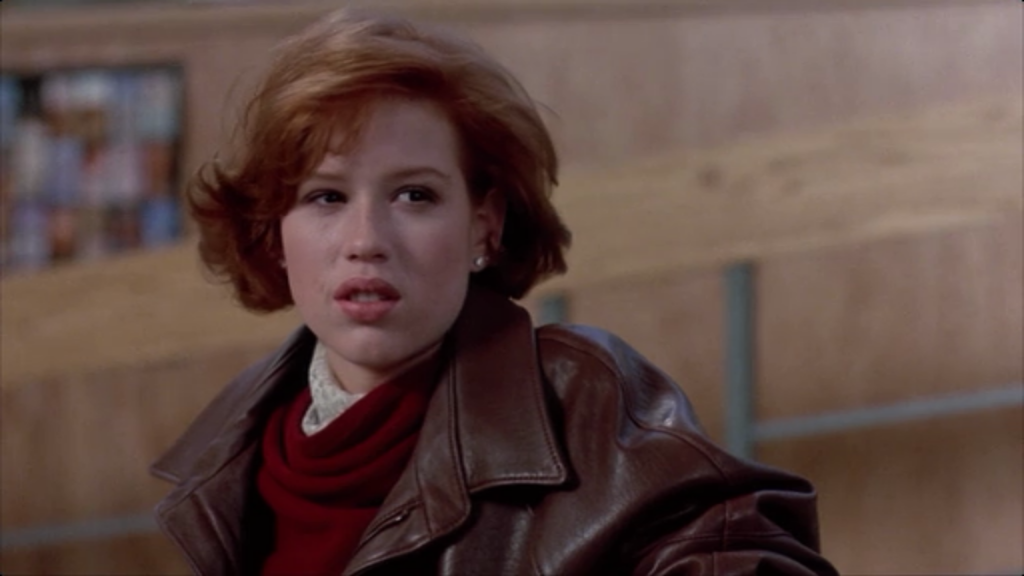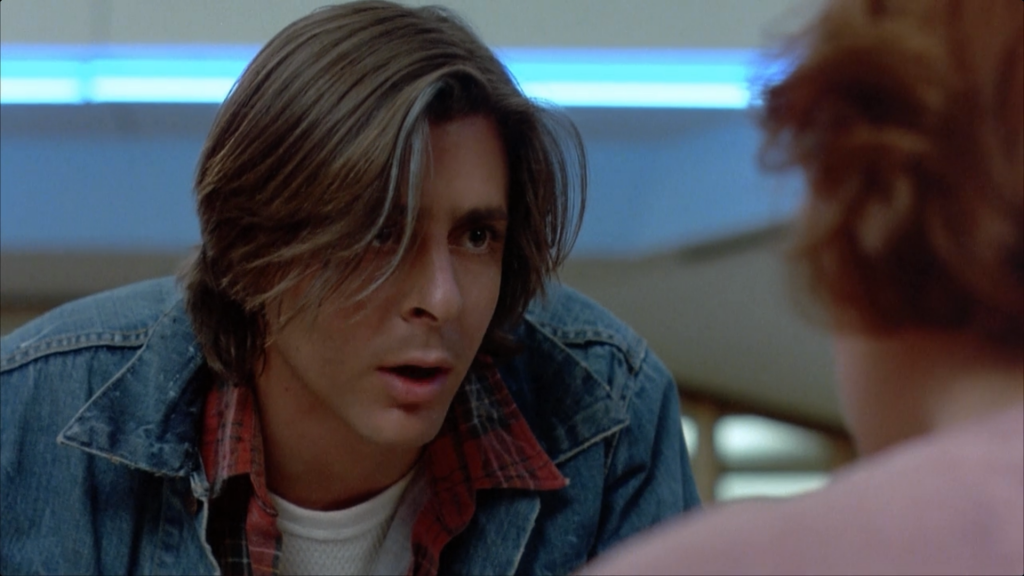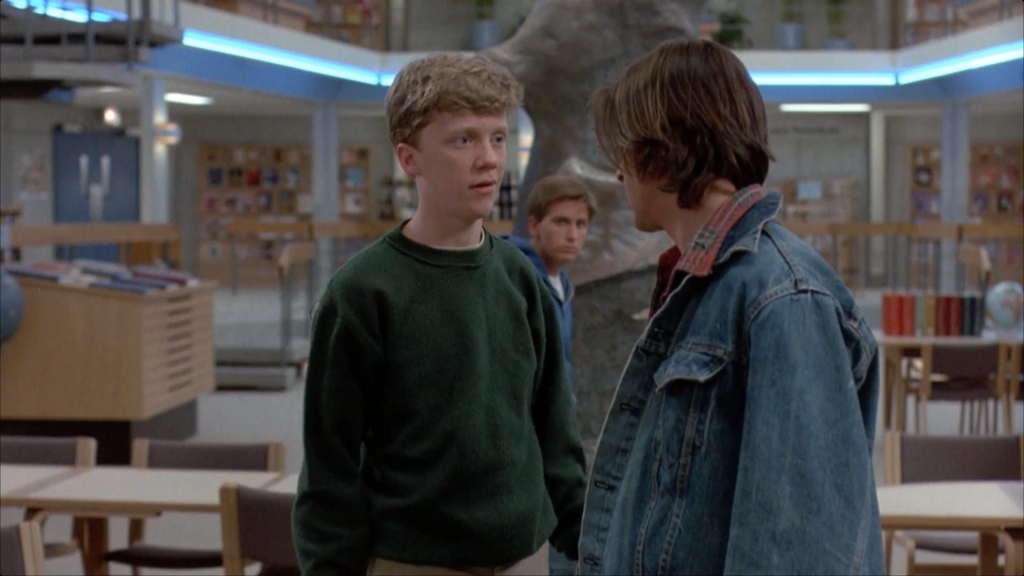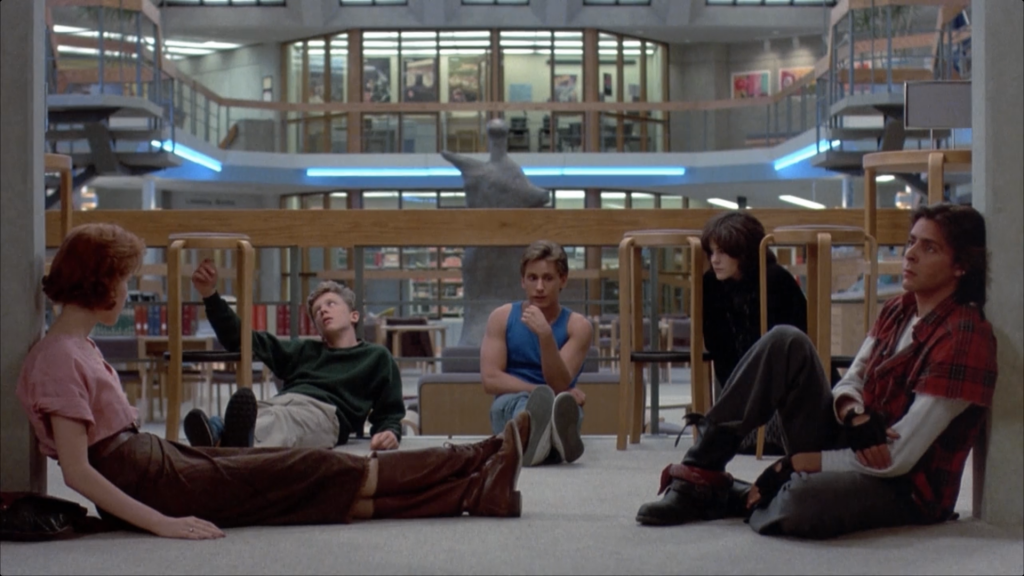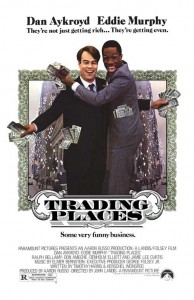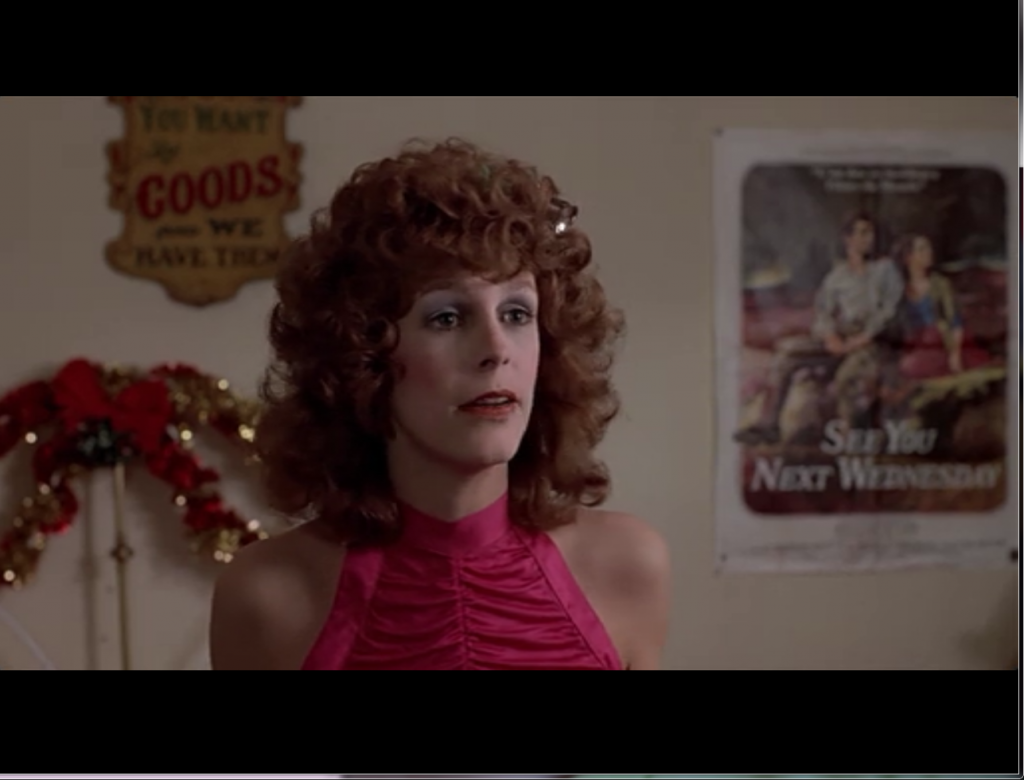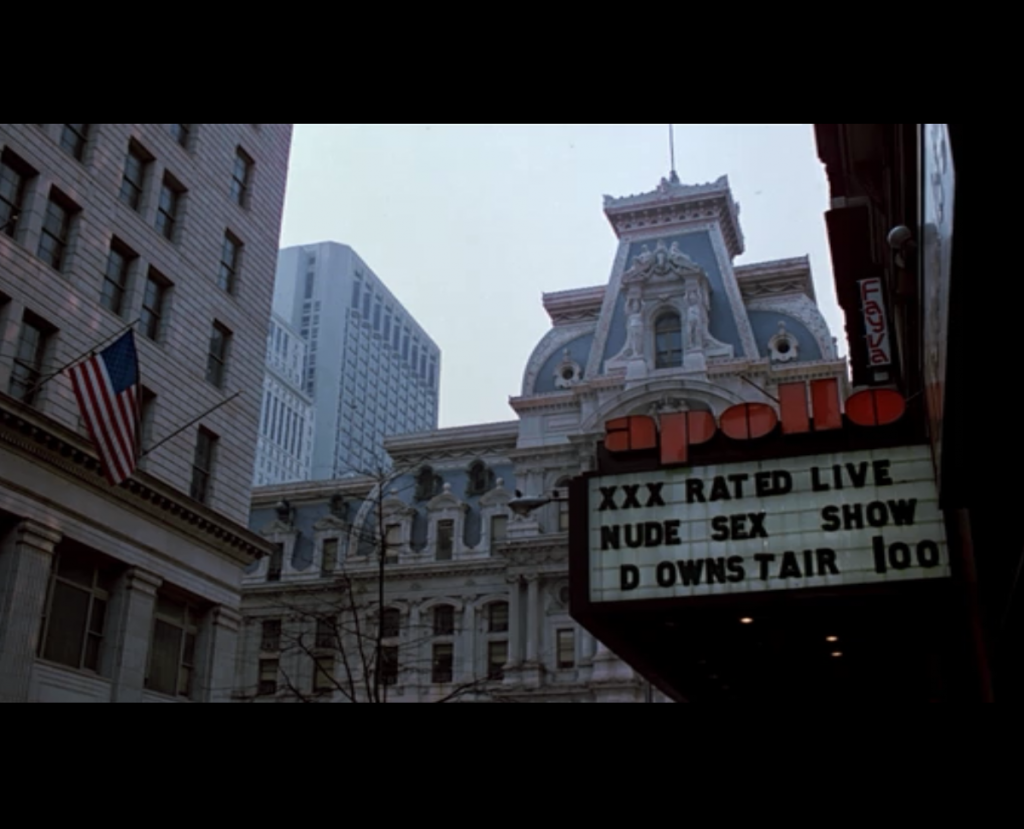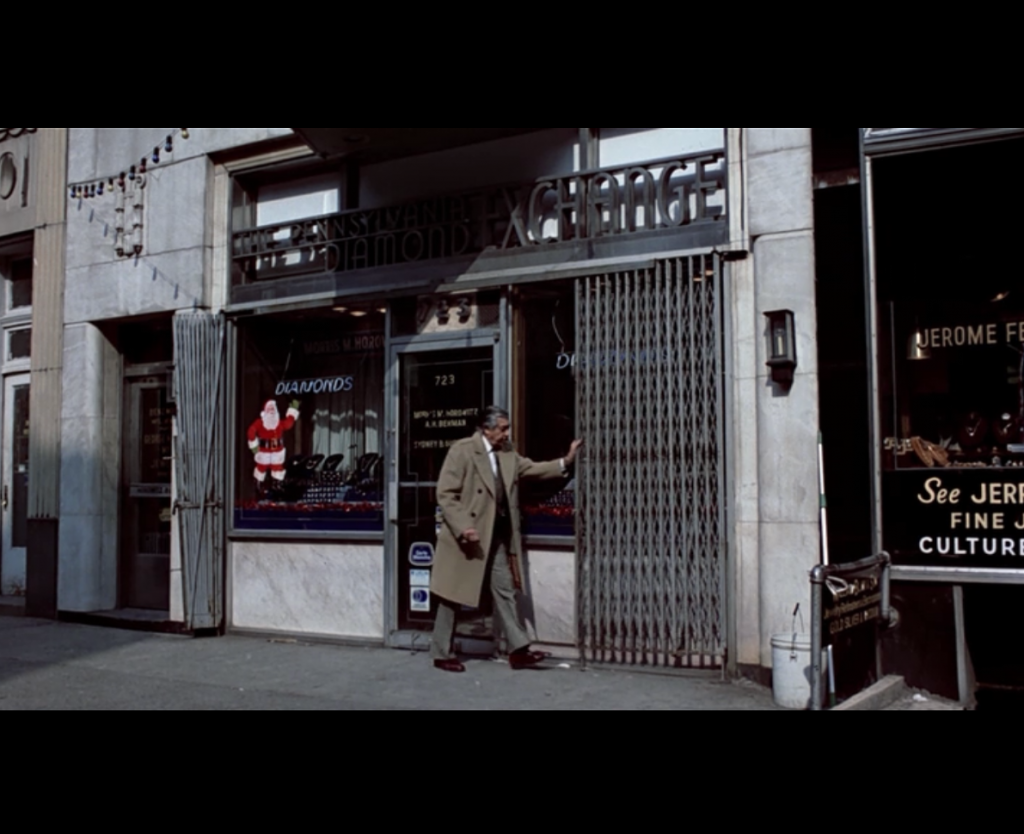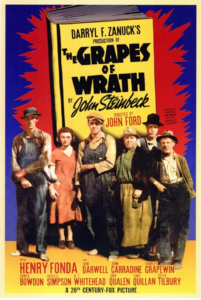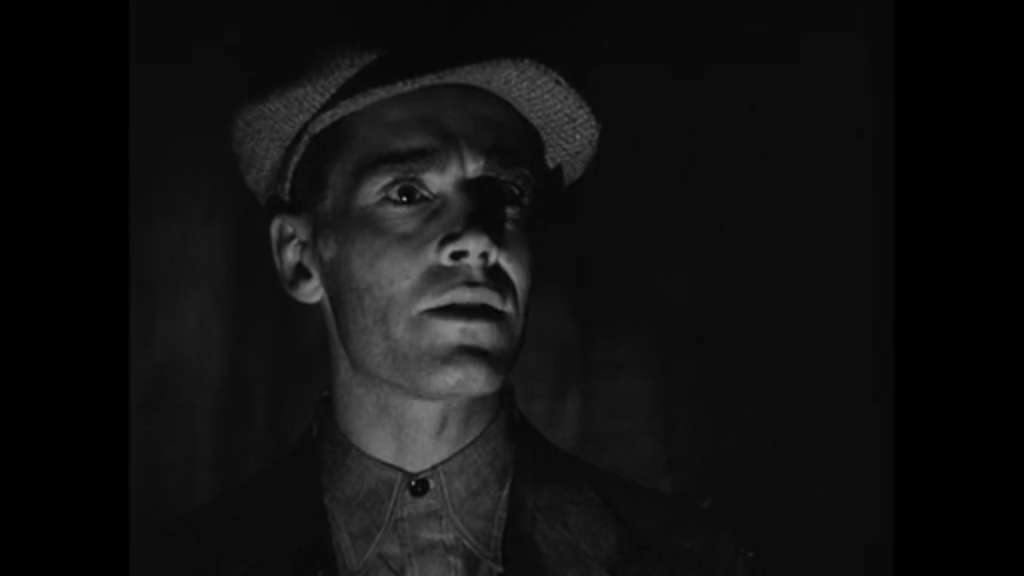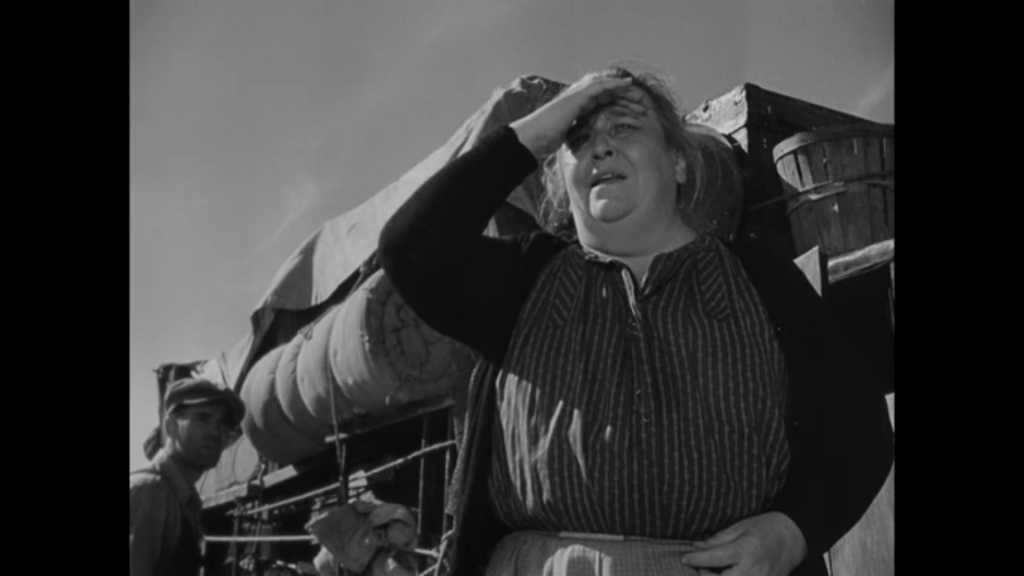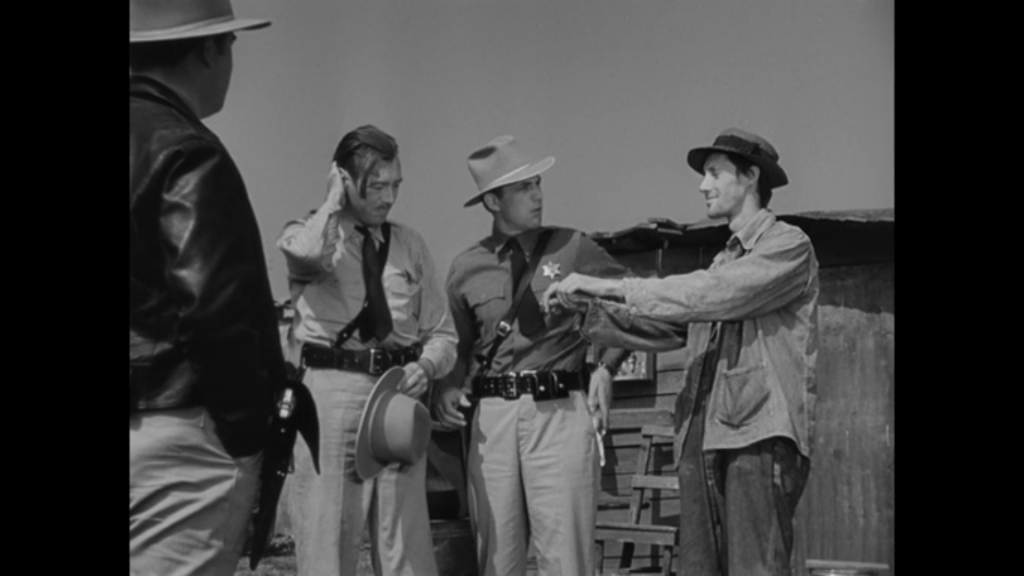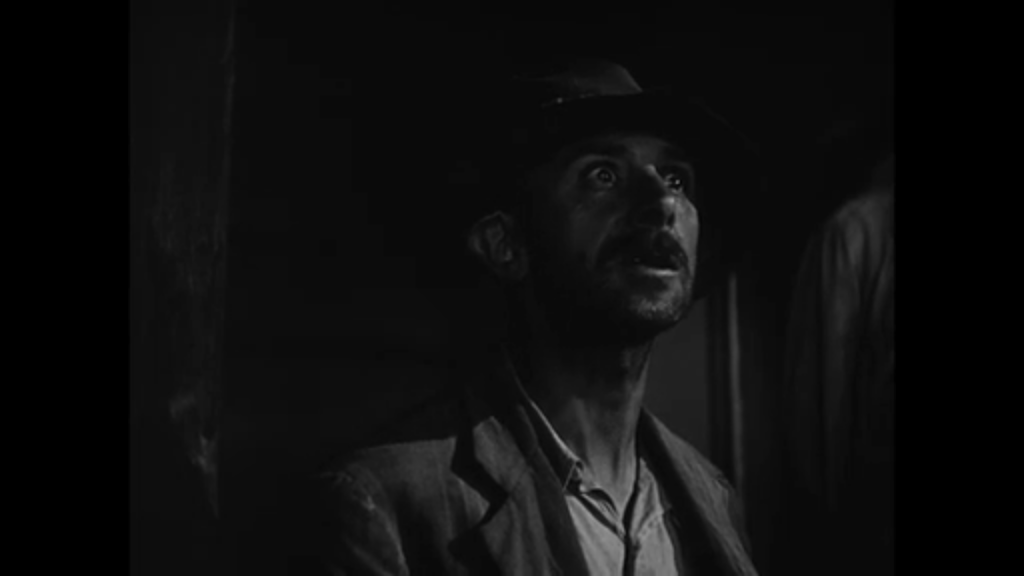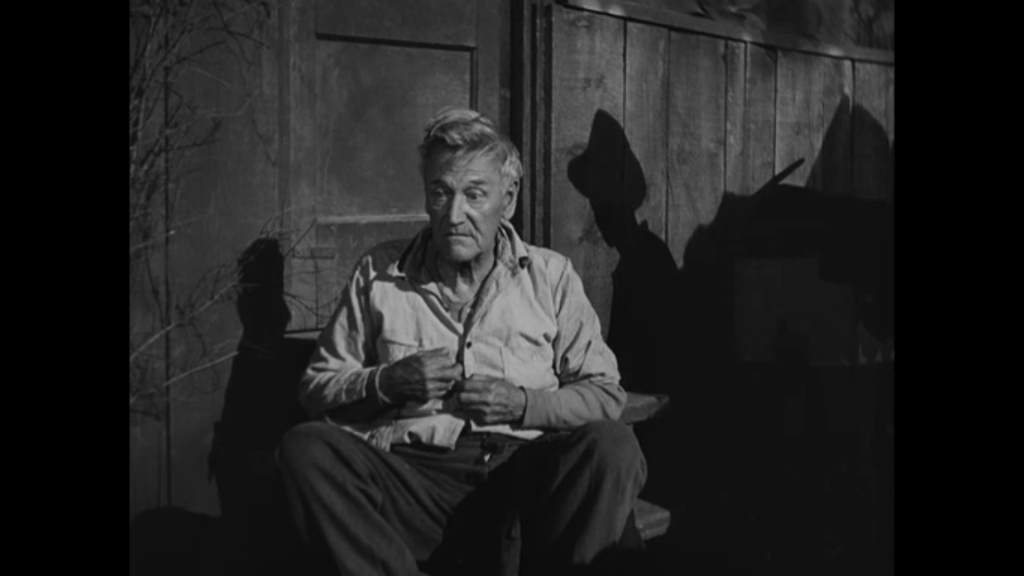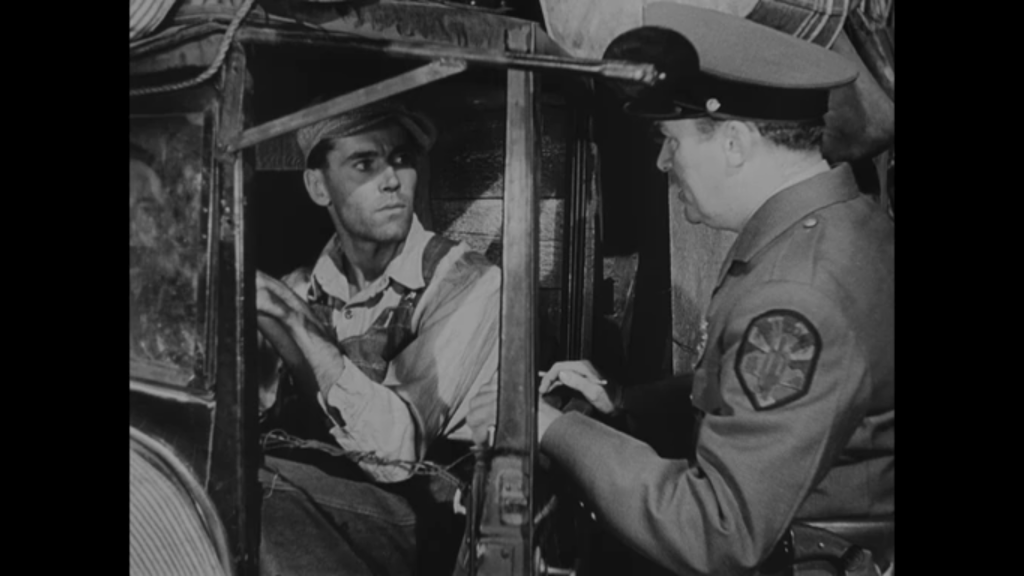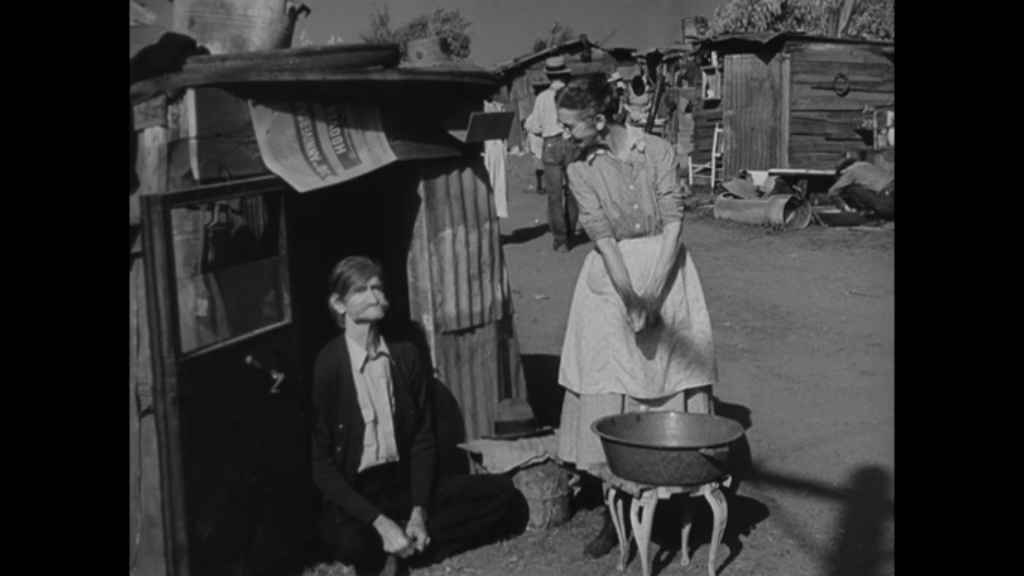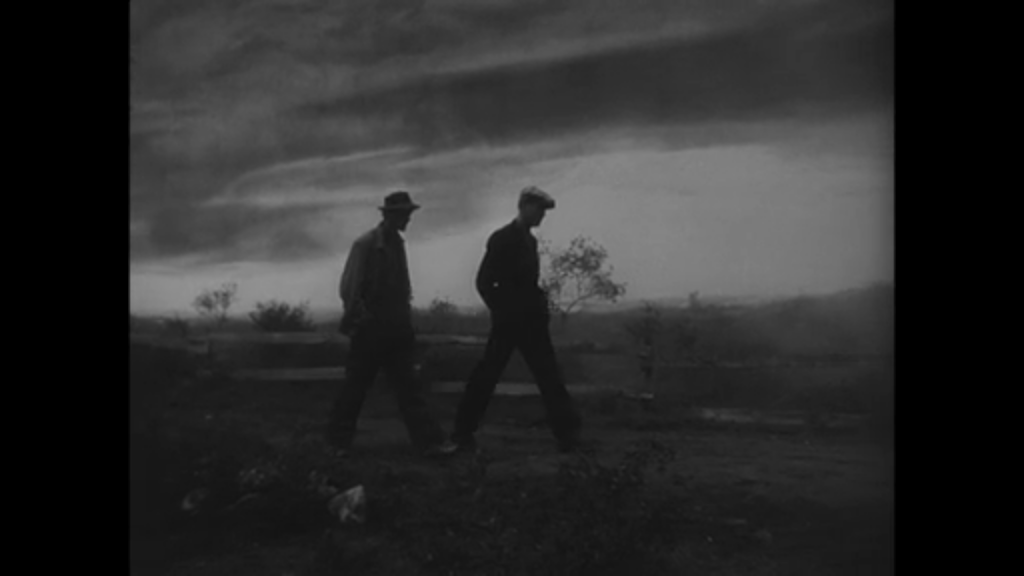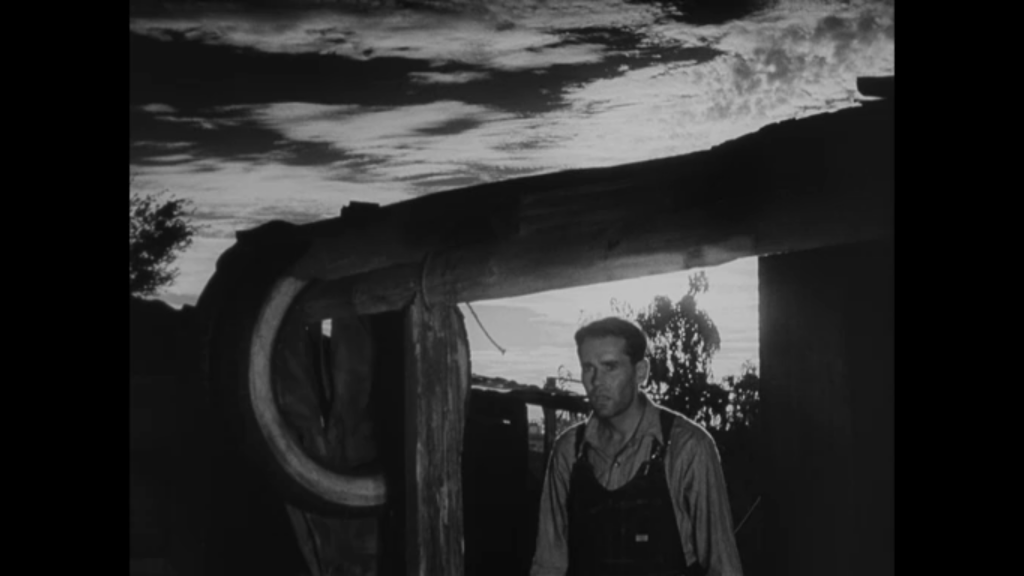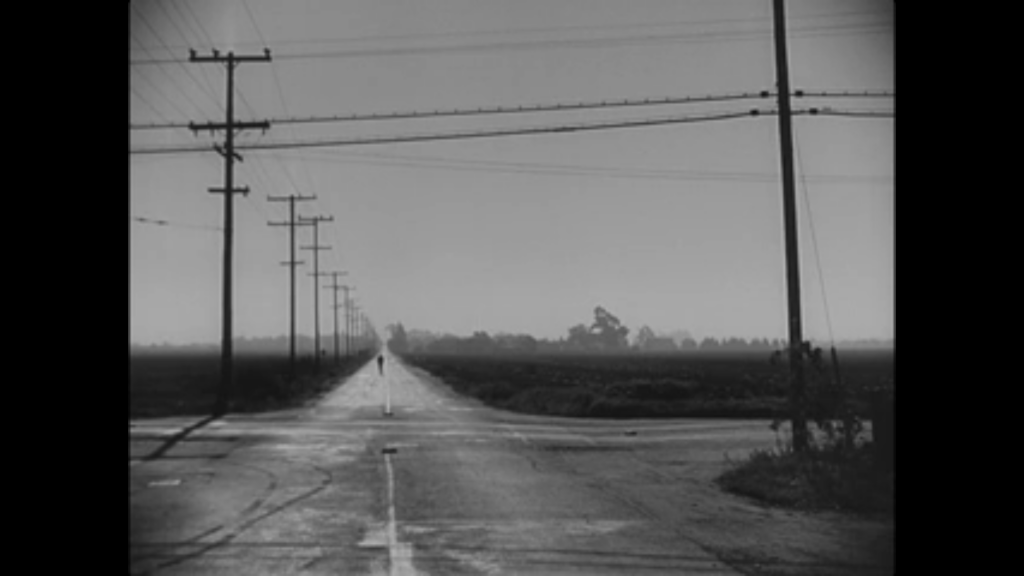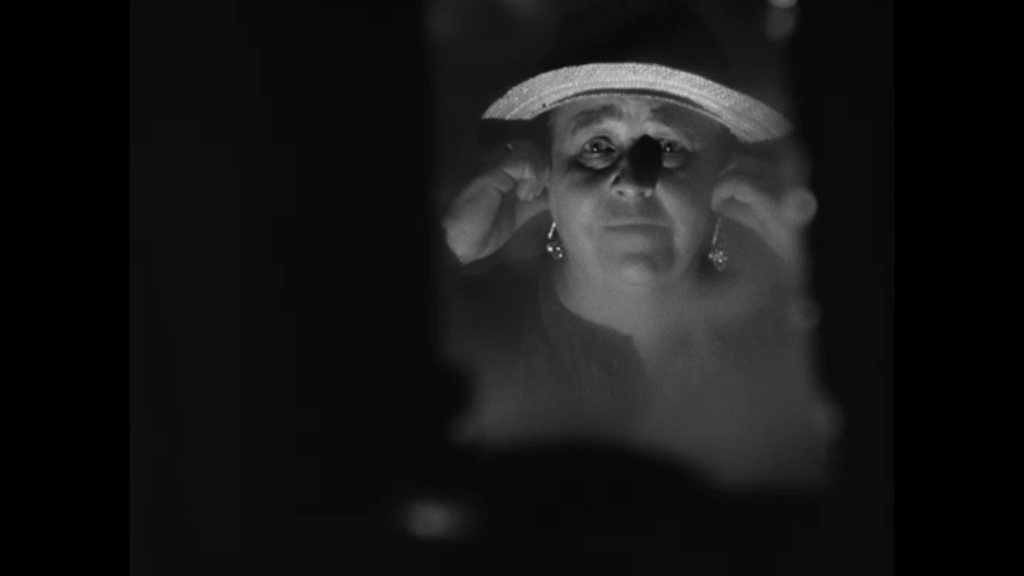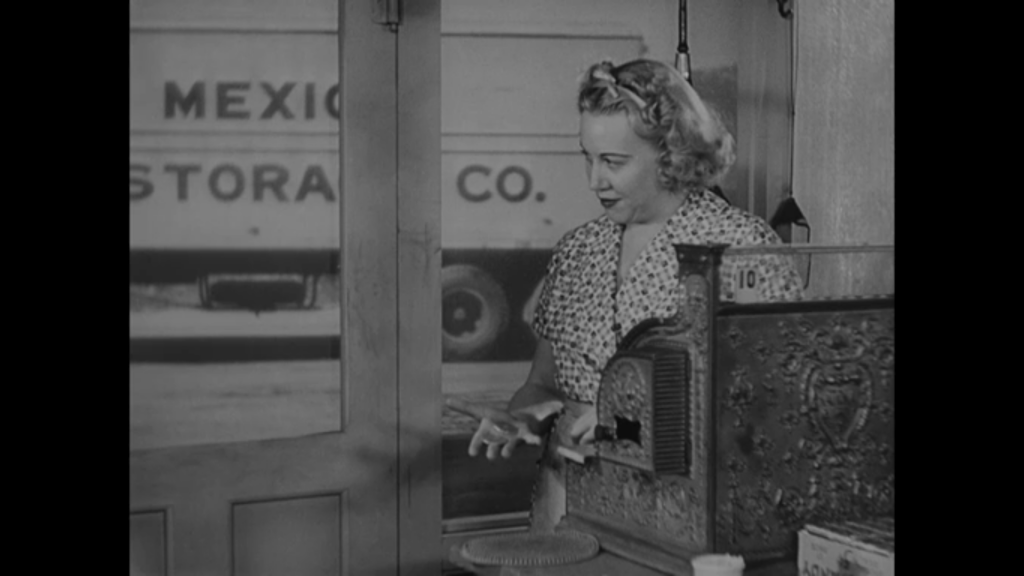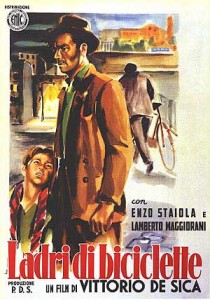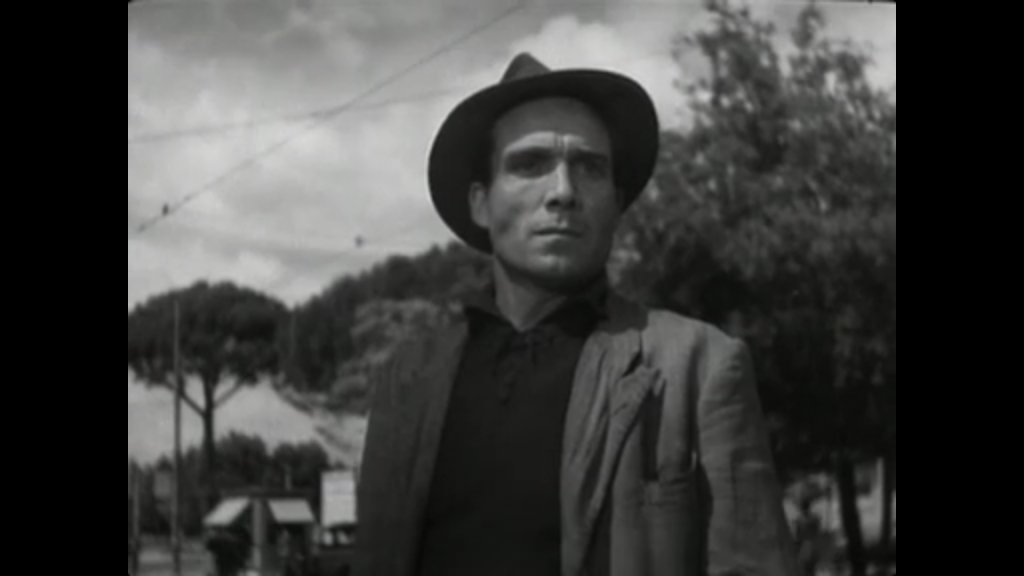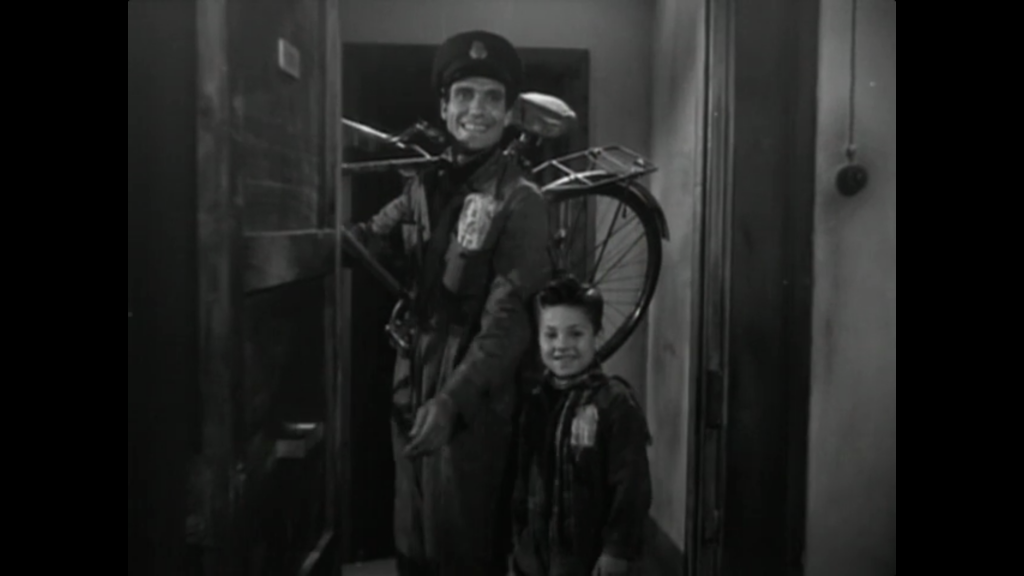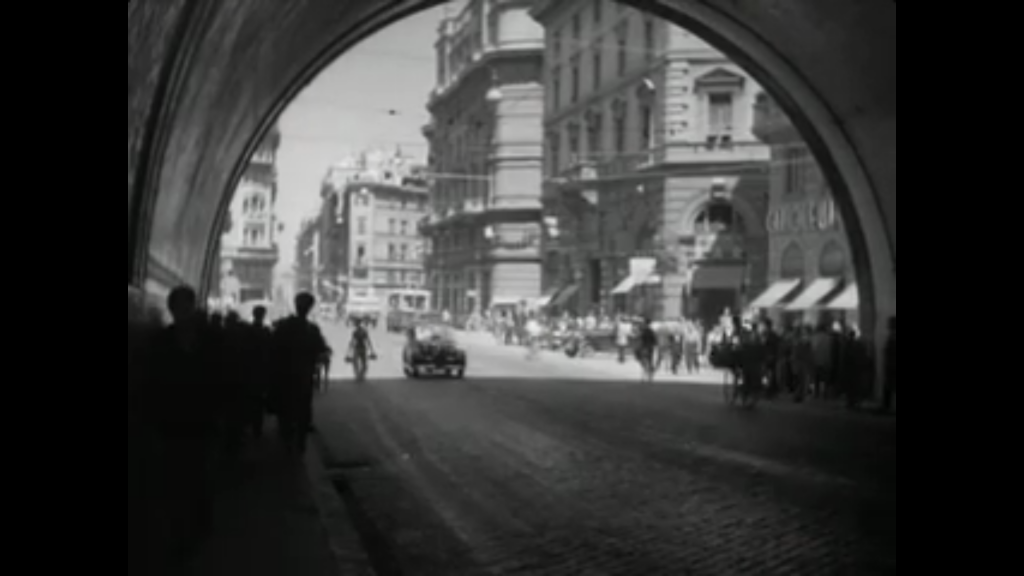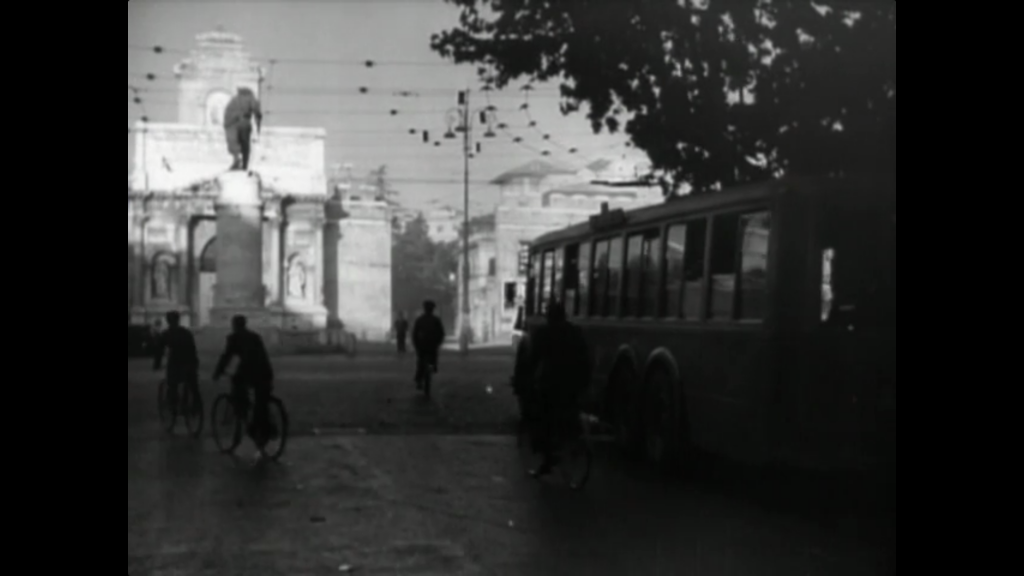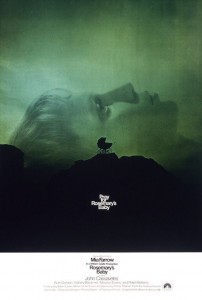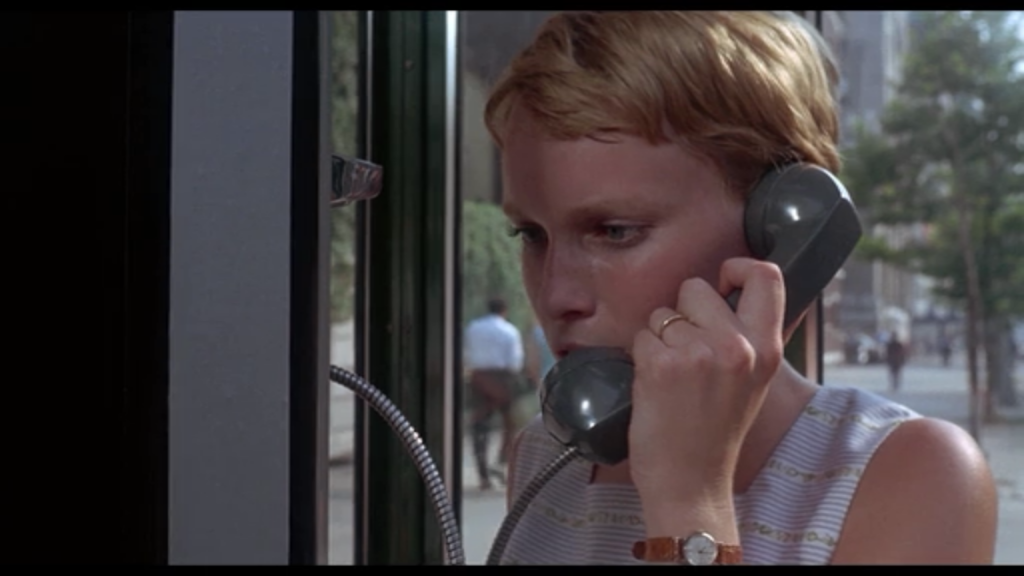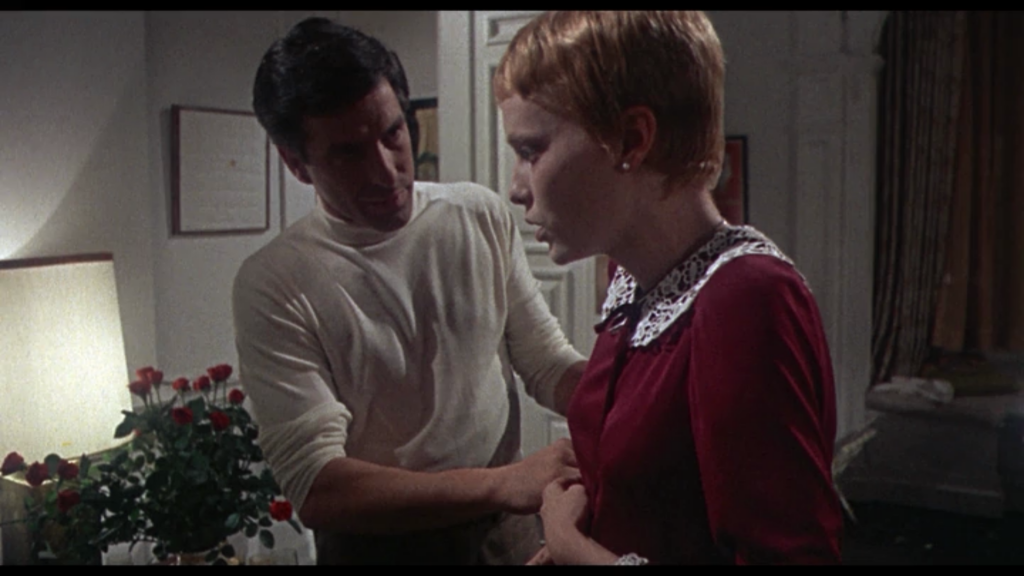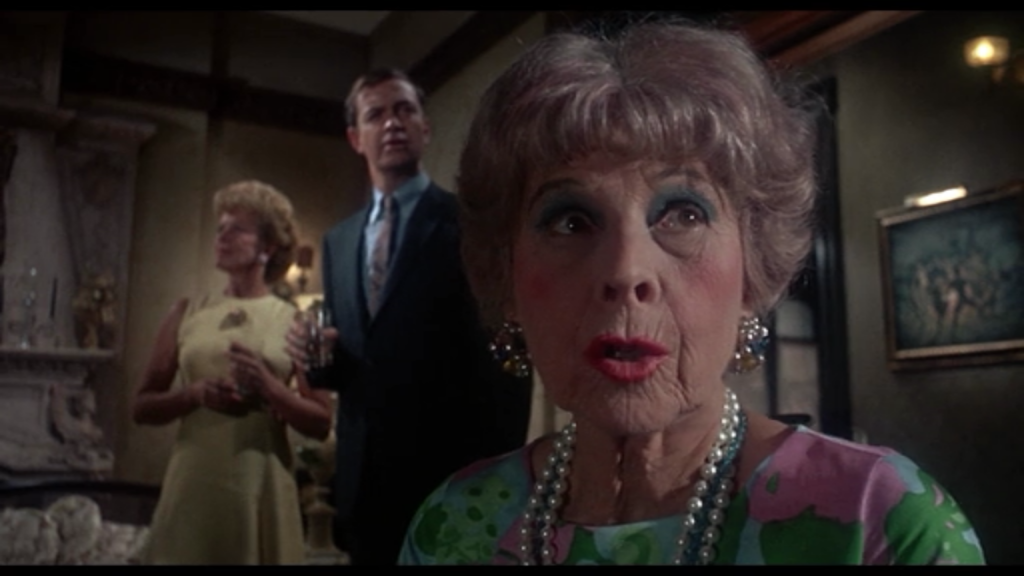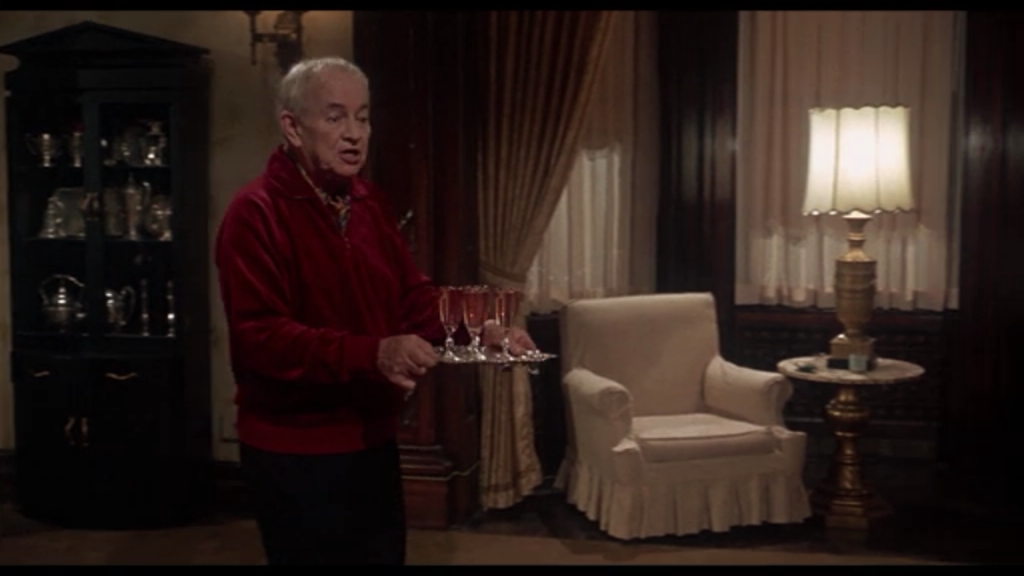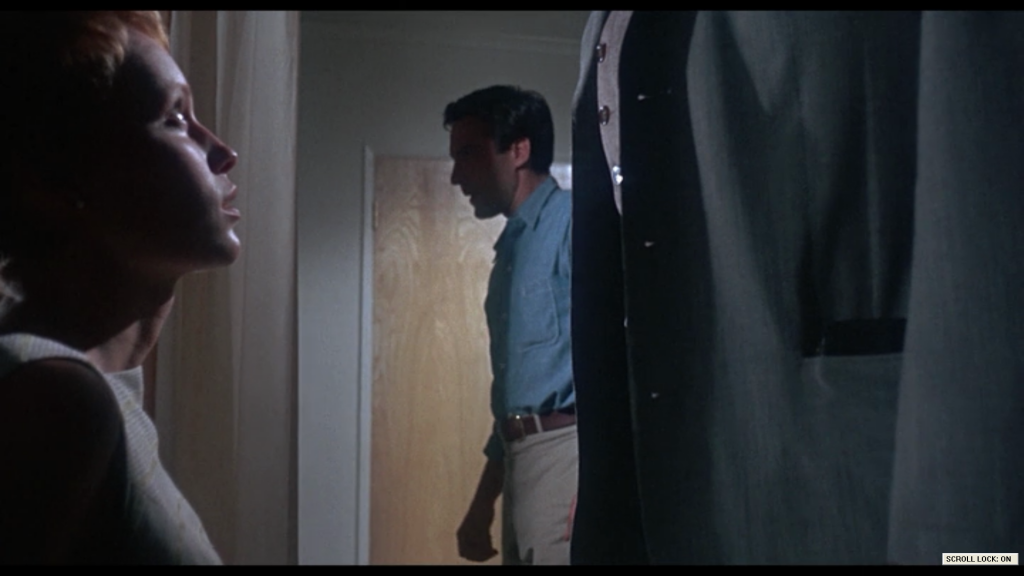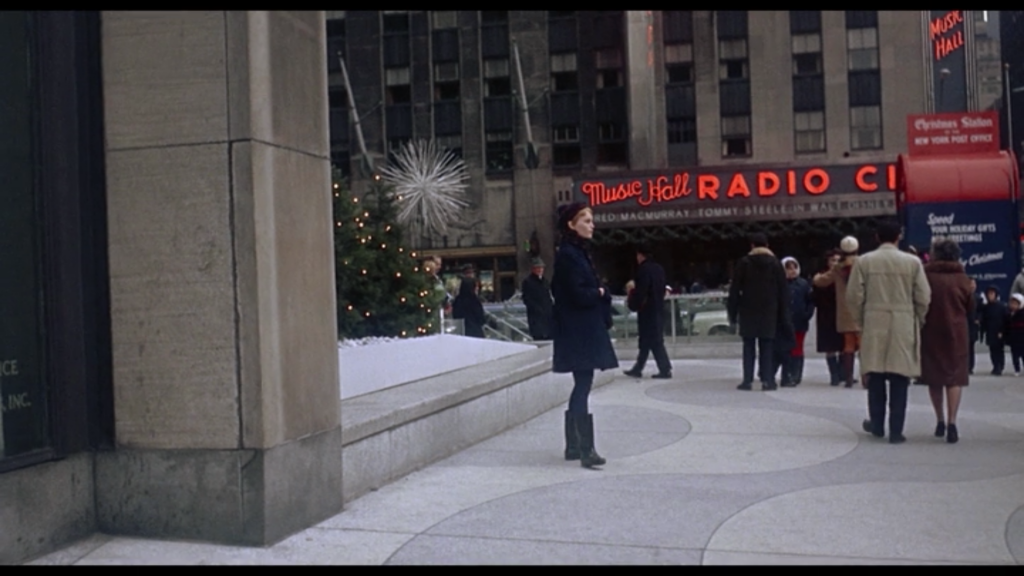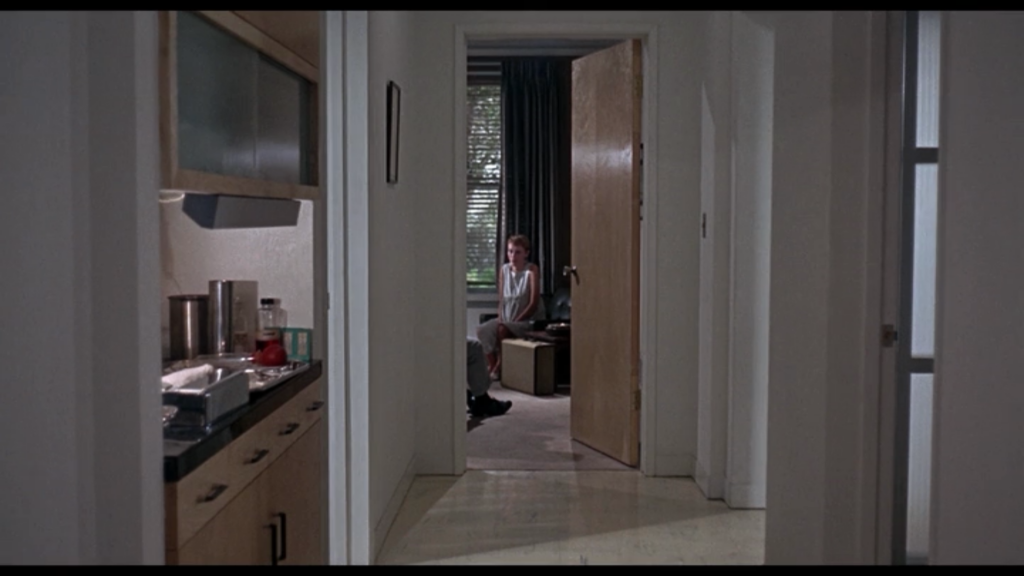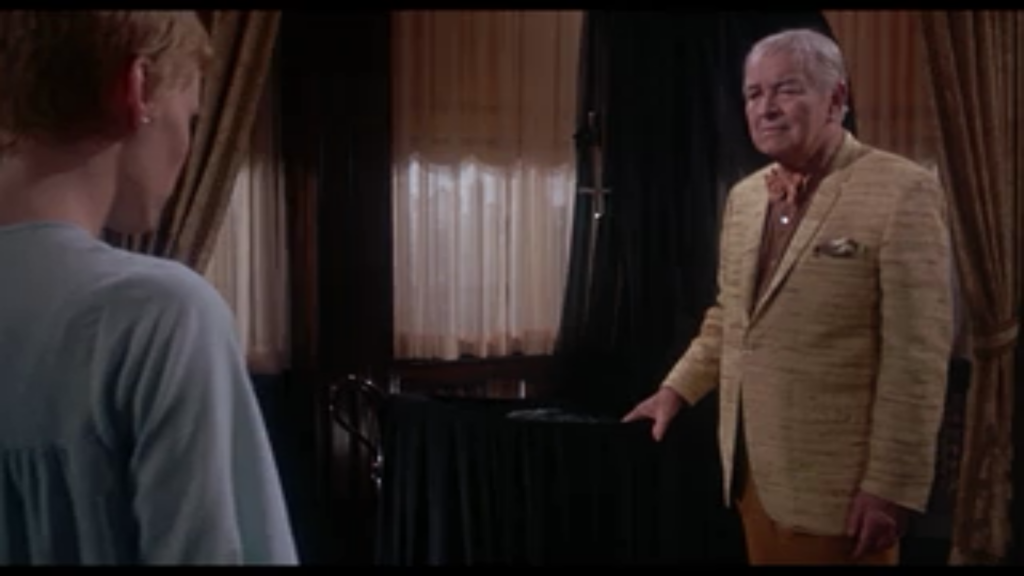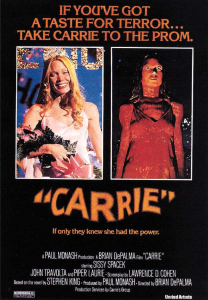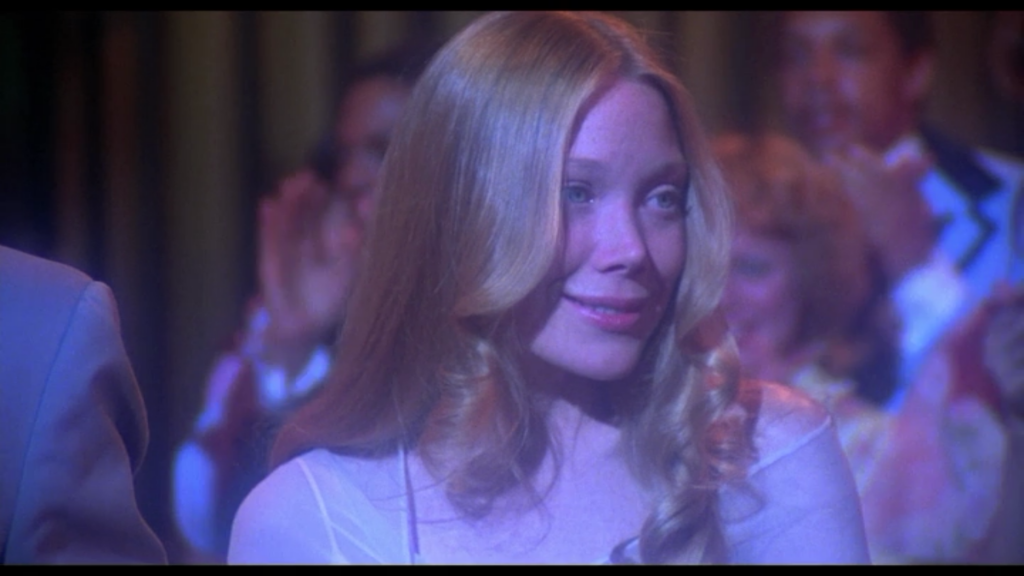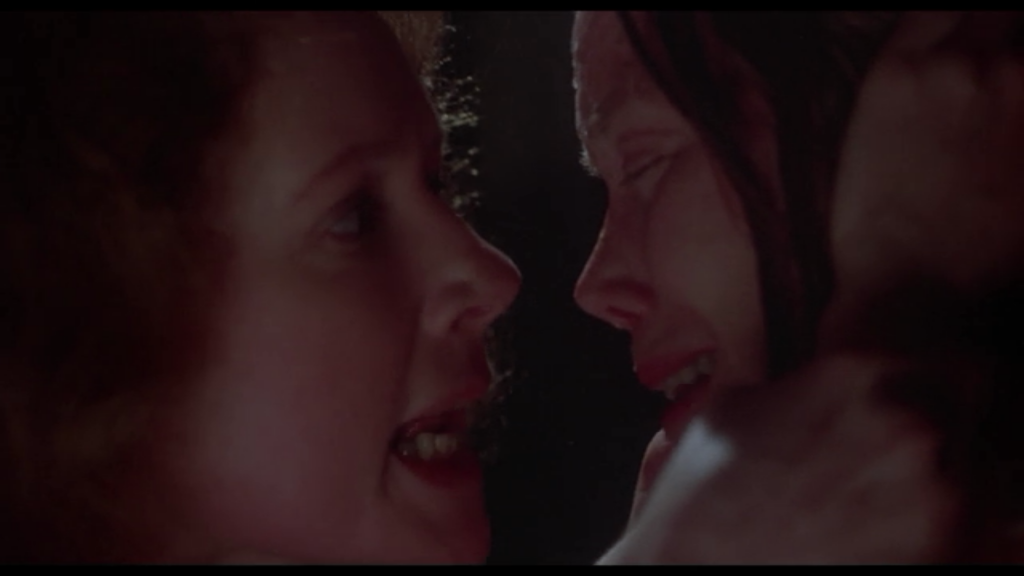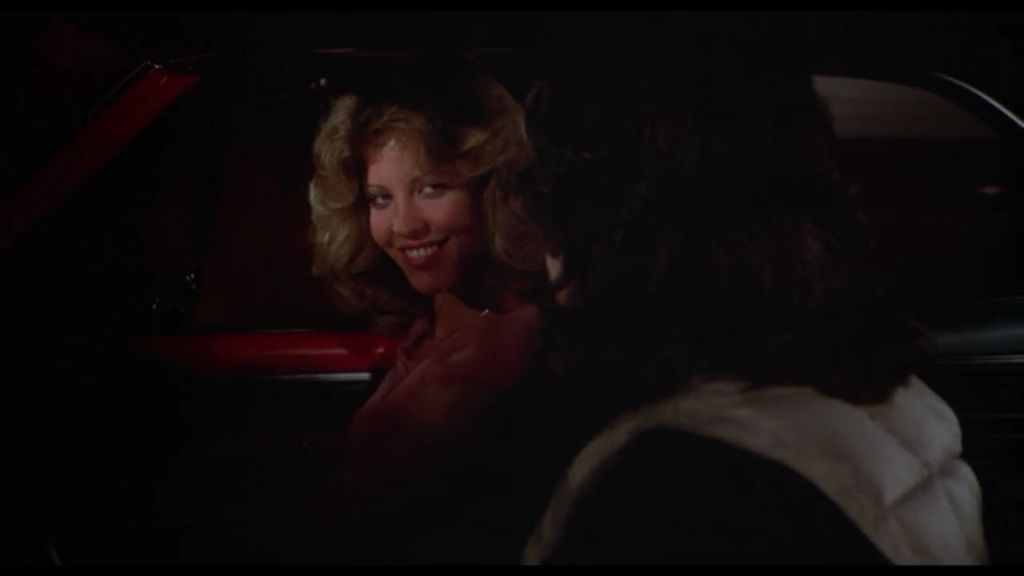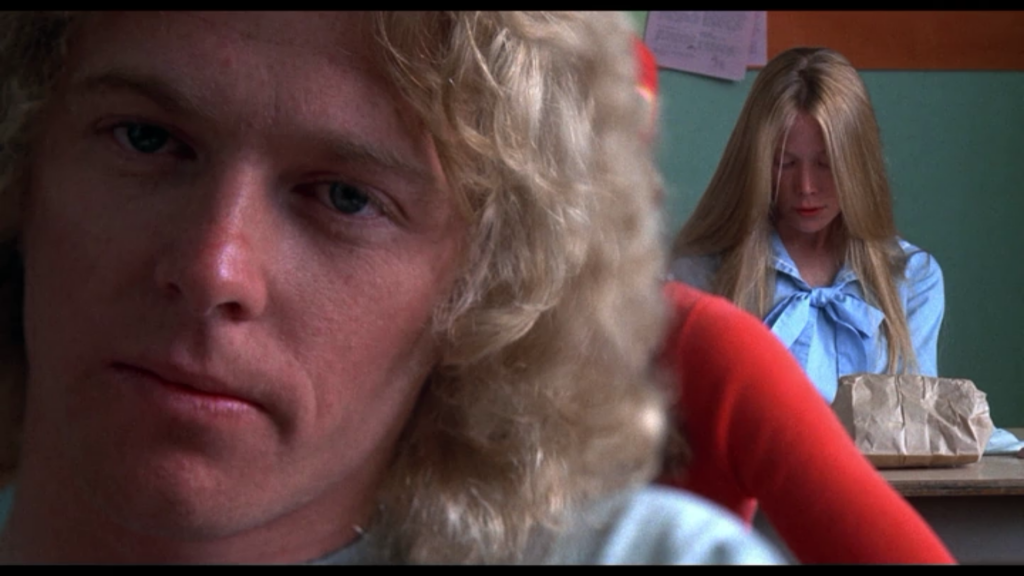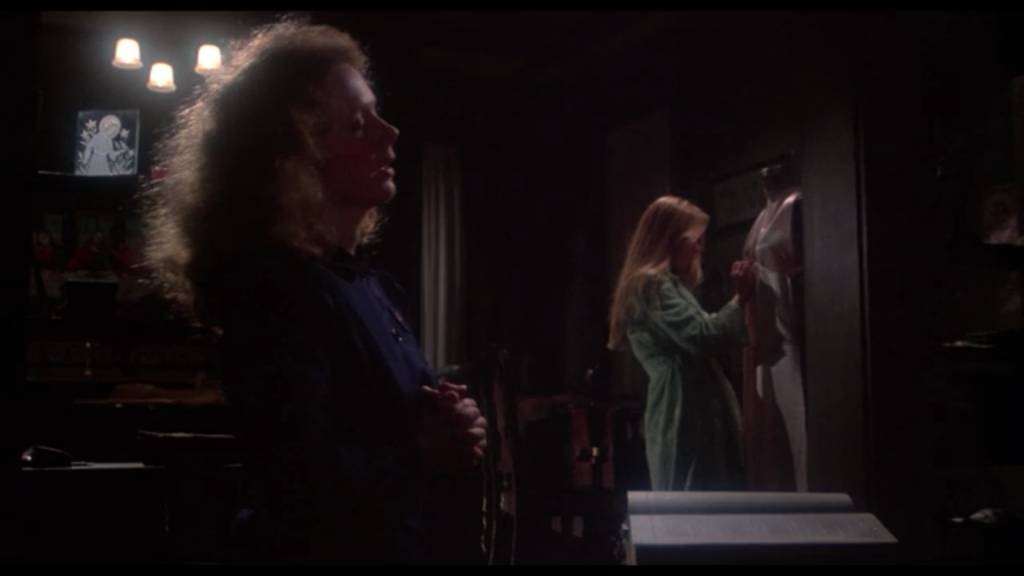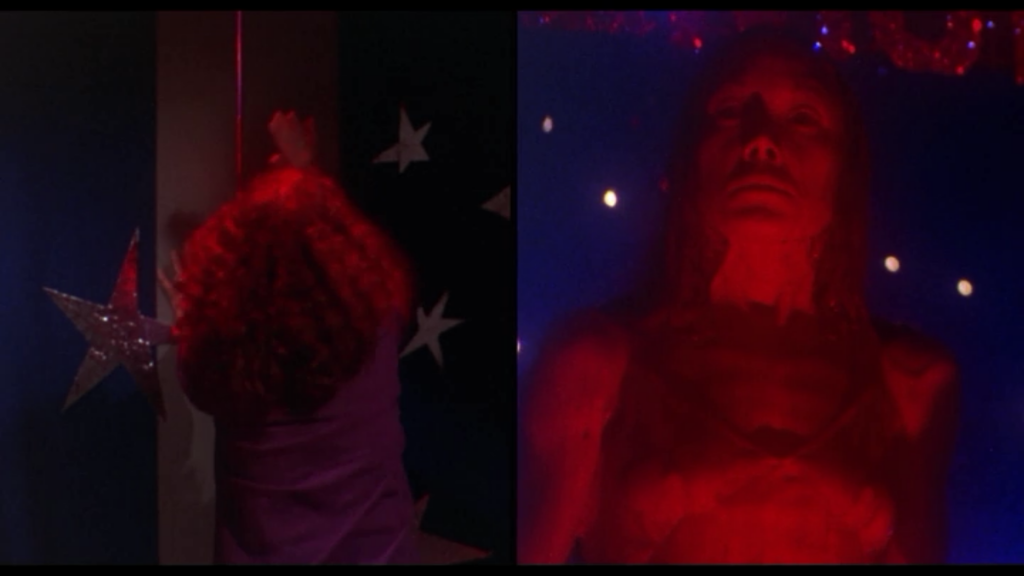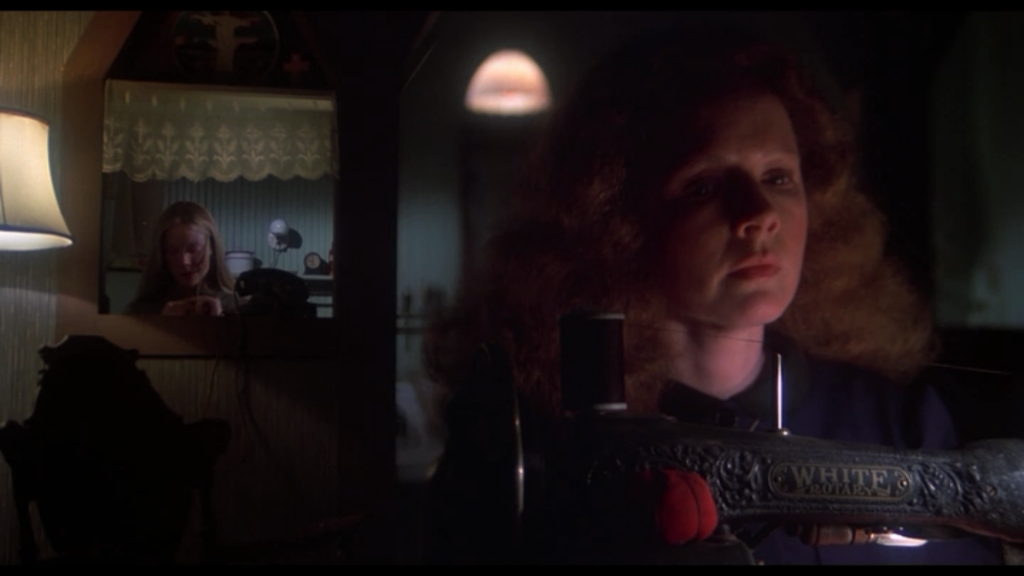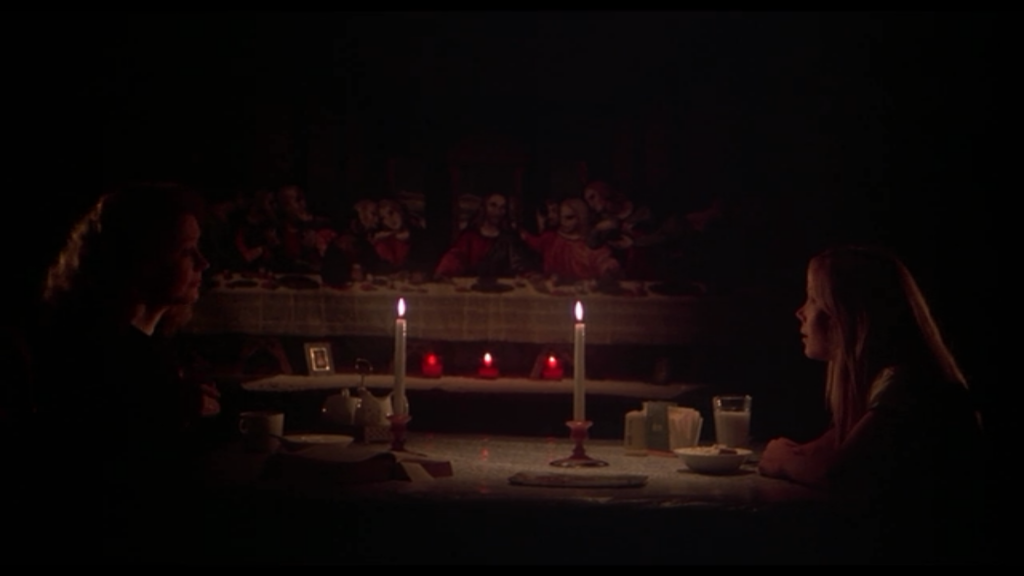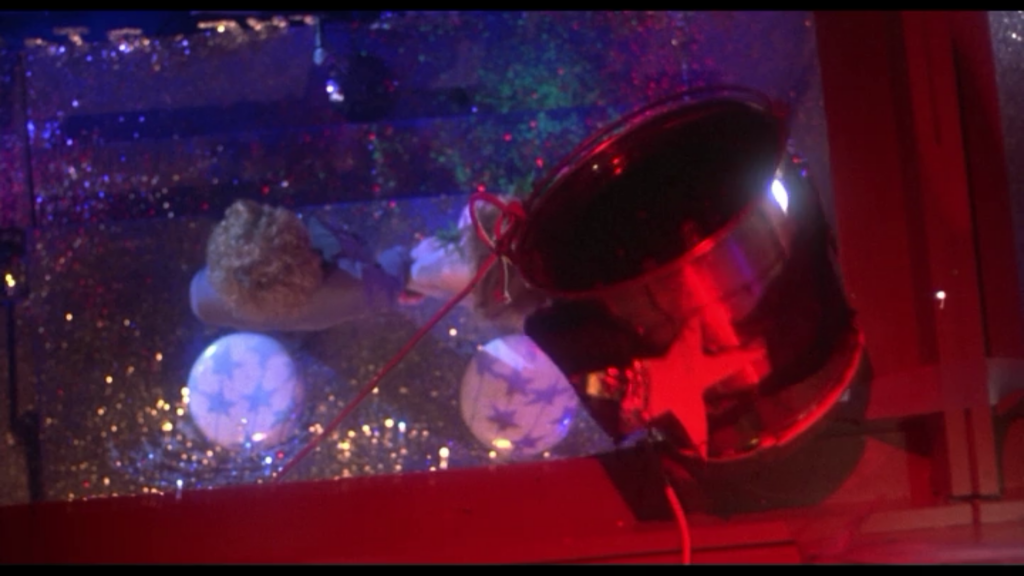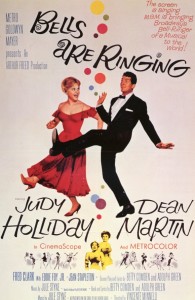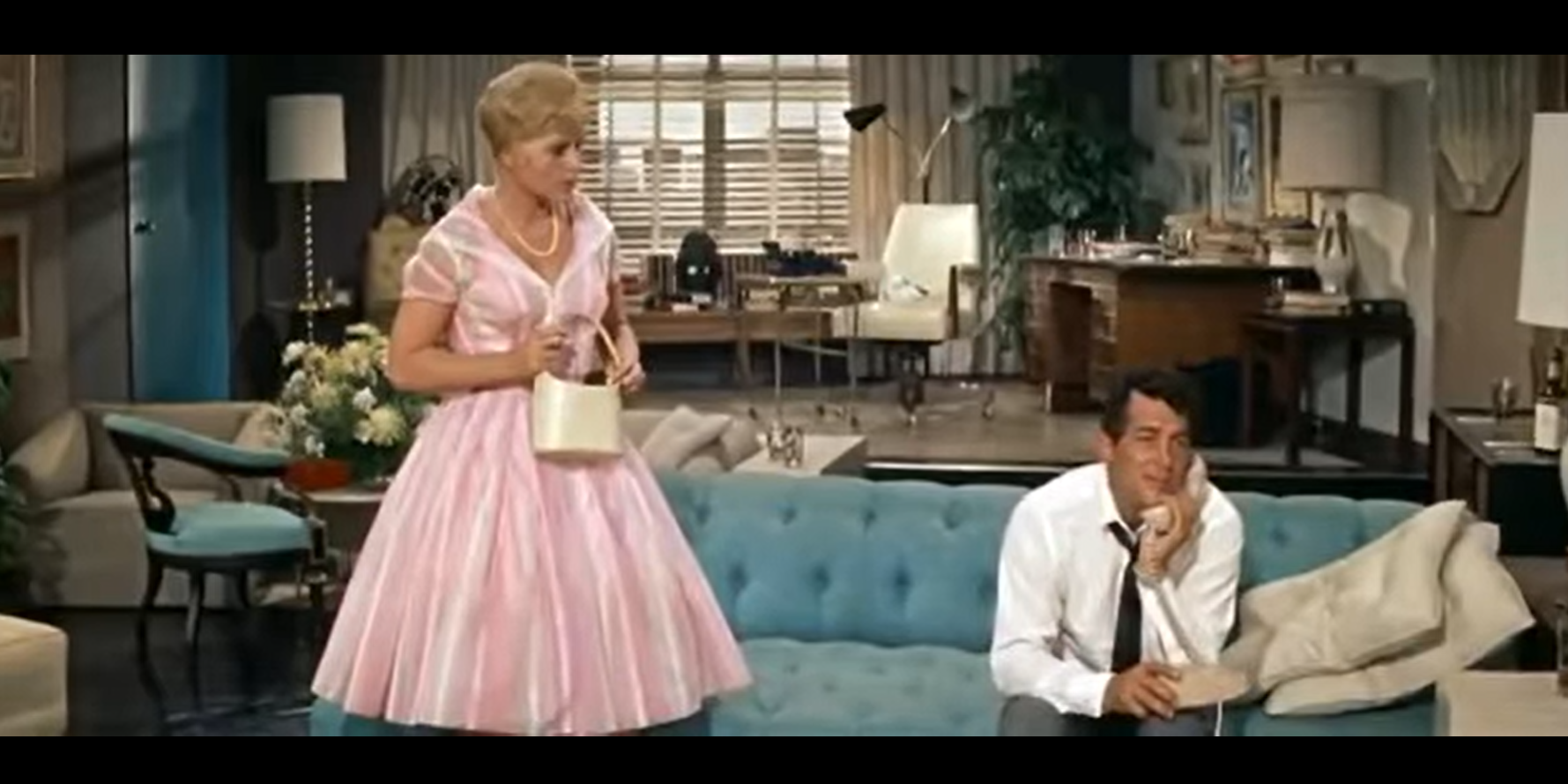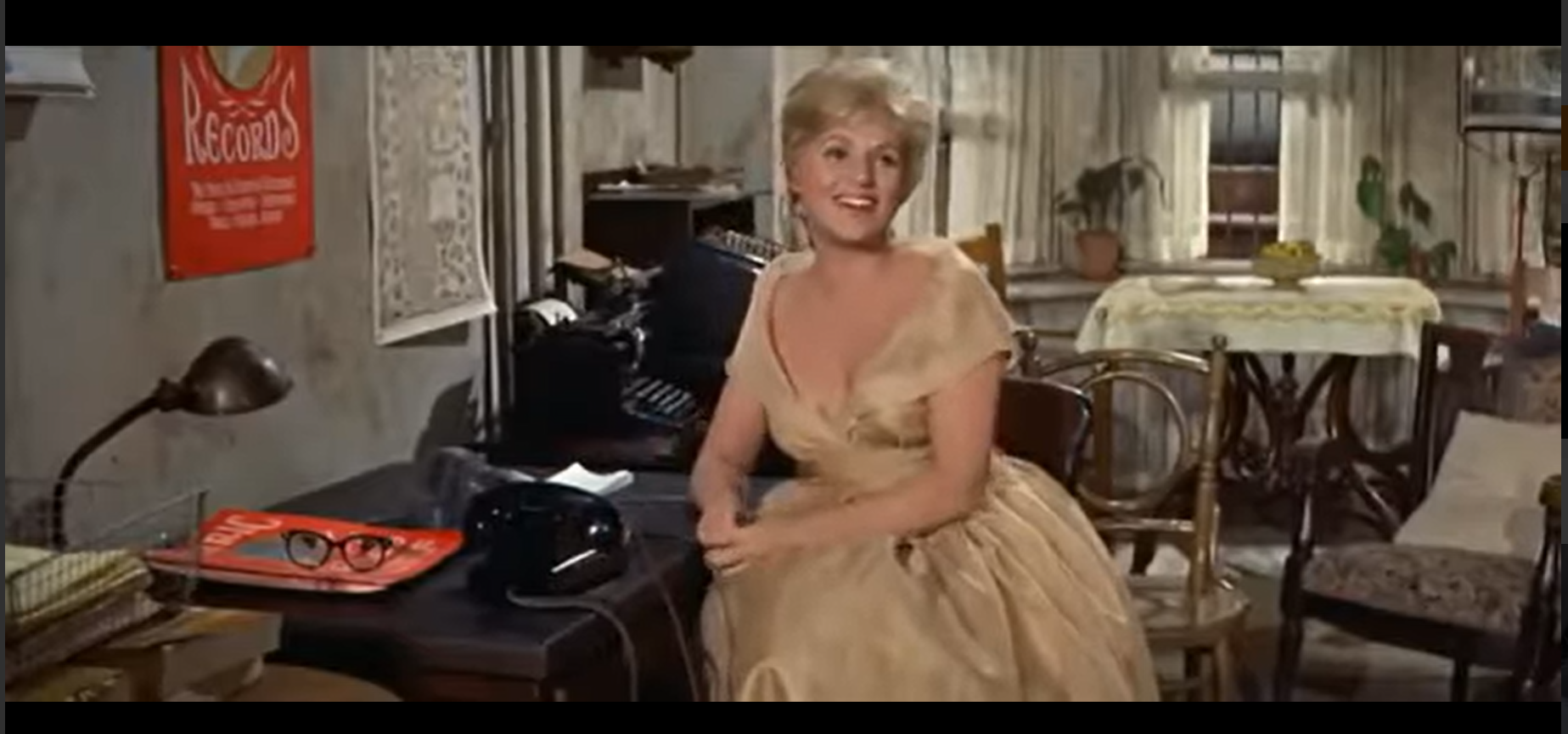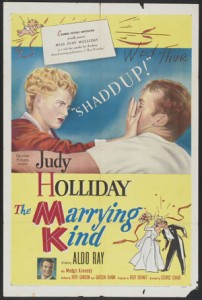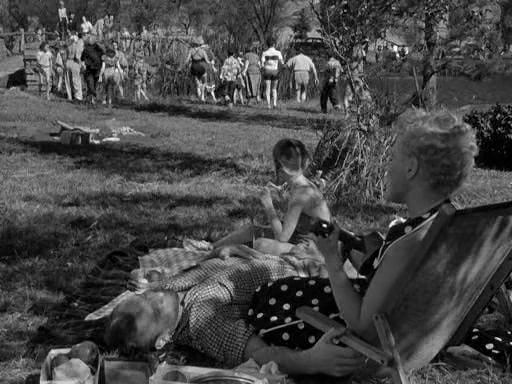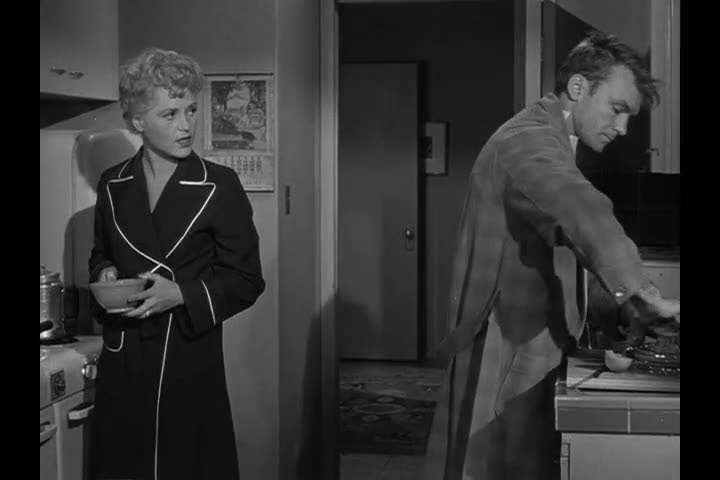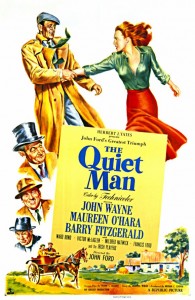|
Genres, Themes, Actors, and Directors:
- Barry Fitzgerald Films
- Battle-of-the-Sexes
- Ireland
- John Ford Films
- John Wayne Films
- Marital Problems
- Maureen O’Hara Films
- Romantic Comedy
- Victor McLaglen Films
- Ward Bond Films
Response to Peary’s Review:
After noting that John Ford visited his parents’ birthplace of County Galway in Ireland to “make this classic”, Peary writes that “the rolling countryside is so green, the village of Innisfree is so quaint, and the people whom [Ford’s] stock company portrays are so charmingly eccentric that we understand his love for his native land”. In his more extensive review of the film for Cult Movies 3 (where he refers to The Quiet Man as “the cult movie of the American Irish who are nostalgic for their homeland”), he goes into detail about the film’s production history — including the many years it took Ford to get his dream project off the ground, and the fact that it was truly a “family affair”, with siblings and children of not only Ford but Wayne, O’Hara, Barry Fitzgerald, and McLaglen involved (!). Peary describes the movie as “leisurely paced, lovely-to-look-at, [and] spiritedly acted”, but wonders if Ford and DP Winton C. Hoch were “trying to capture the look of a fairy tale or one of Ford’s daydreams about Ireland”; he further argues that — just like in Ford’s westerns, which are filled with stereotypical stock characters — this film represents Ford’s vision of a “romanticized, ideal Ireland”, rather than a more “authentic” Ireland. [That latter vision — driven by Irish filmmakers themselves — would come right around the time Peary’s book was published, with movies such as Jim Sheridan’s My Left Foot (1987) and Neil Jordan’s The Crying Game (1992).]
In his GFTFF, Peary analyzes the film’s sexual politics, noting that Mary Kate’s refusal to “consummate [her] marriage if she doesn’t have the dowry” makes her like a “modern woman”, given that she “doesn’t want to enter a relationship unless it’s on equal terms”. He writes how refreshing it is that, despite their obvious challenges, Mary Kate and Sean ultimately both view each other with maturity, love, and respect. Mary Kate “decides to have sex with Sean although he has not come through for her”, given that she “senses that he has reasons for not challenging her brother, although she herself may not understand them”. Similarly, Sean “challenges Will for Mary Kate’s sake”, conceding “that her reasons for wanting the dowry are not trivial, although he doesn’t understand them”. Peary goes on to note that “there’s so much Irish humor in this film and so many quirky characters that one tends to overlook that just below the surface there is much seriousness, hurt, and guilt; both Sean and Mary Kate are tormented in real ways and we feel for them”.
Finally, Peary points out that while “Ford was never known for ‘love scenes’… the silent passage in which Sean and O’Hara hold hands, race for shelter from the sudden rain, and then stop, clutch (he drapes his sweater over her), and kiss as the rain soaks through their clothing is incredibly sexy”; I agree. Wayne and O’Hara are both in top form here, and are indeed — as Peary notes — “one of the screen’s most romantic couples”. In Alternate Oscars, Peary names Wayne Best Actor of the Year for The Quiet Man, and provides a detailed analysis of why this performance was one of Wayne’s best and “most relaxed”. He notes that Sean “is Wayne’s gentlest character”, that he’s “formidable” but without McLaglen’s “need to be a bully or braggart”. As Peary writes, “He has such confidence in his masculinity that he is polite, emotional, sentimental, and sweet enough to plant roses”, never “hid[ing] his love from Mary Kate, [and] never assum[ing] a paternal or authoritarian stance with her”. Indeed, it’s easy to see why O’Hara would fall in love with him — though naturally, she’s equally appealing, for her own reasons. This romantic couple is one we truly enjoy watching on screen.
Redeeming Qualities and Moments:
- Maureen O’Hara as feisty Mary Kate Danaher (nominated as one of the Best Actresses of the Year in Peary’s Alternate Oscars)
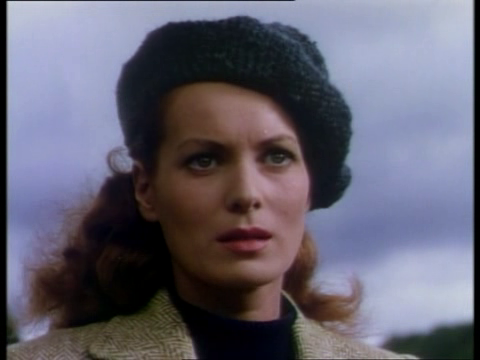
- John Wayne as Sean Thornton (voted Best Actor of the Year in Alternate Oscars)

- Barry Fitzgerald as Michaleen Oge Flynn
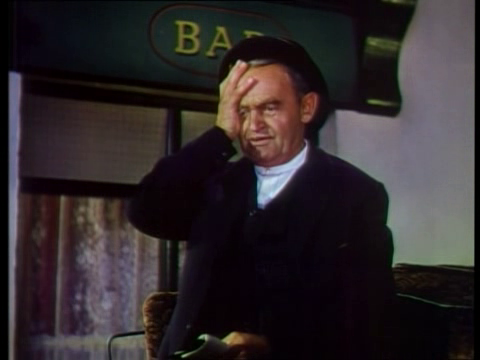
- Plenty of romantic tension between Wayne and O’Hara
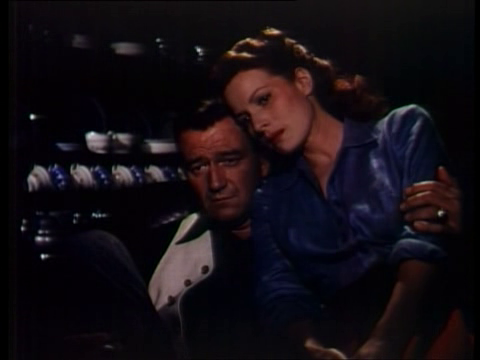
- Excellent use of authentic Irish countryside

- Oscar-winning cinematography by Winton C. Hoch
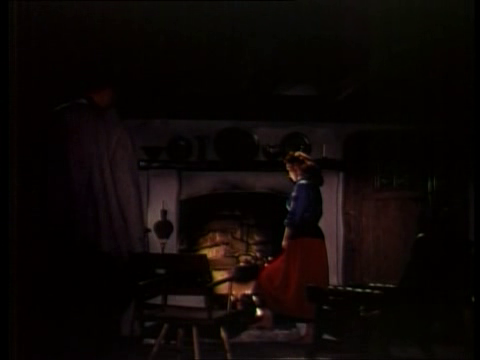
Must See?
Yes, as one of Ford’s finest films. Nominated as one of the Best Films of the Year in Alternate Oscars.
Categories
- Genuine Classic
- Important Director
(Listed in 1001 Movies You Must See Before You Die)
Links:
|
